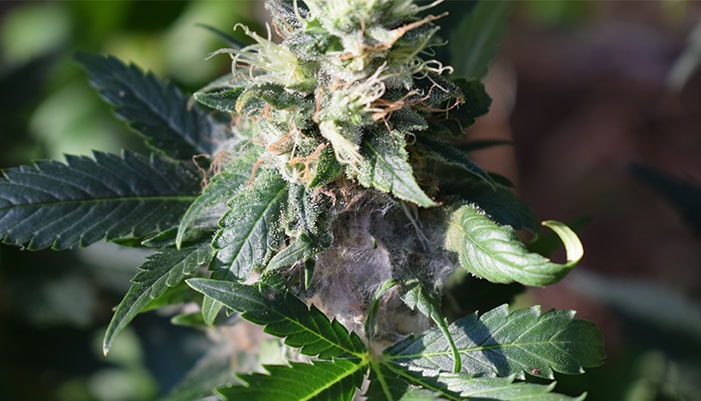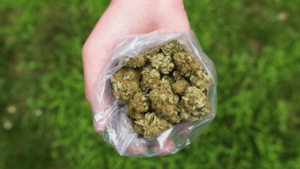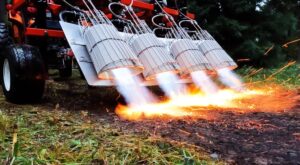Mold On Weed, Cannabis cultivation is an art and a science, requiring attention to detail and an understanding of the plant’s needs. However, one of the most significant challenges growers face is the presence of mold on weed. Mold can compromise the quality of cannabis and pose health risks to consumers. This article explores the causes of mold on weed, the risks associated with it, and how to prevent and manage mold growth effectively.
Causes of Mold on Weed
Mold thrives in specific conditions, and understanding these can help growers mitigate the risk. Here are the primary factors that contribute to mold growth on weed:
- High Humidity: Cannabis plants prefer a humidity level of around 40-60% during the vegetative stage and 30-50% during flowering. Excess humidity creates an environment conducive to mold growth, especially in the presence of stagnant air.
- Poor Air Circulation: Adequate airflow is essential for drying out excess moisture. Without proper ventilation, humidity levels can rise, and the air can become stale, leading to mold proliferation.
- Overwatering: Overly wet soil can promote mold growth in the root zone, while excessive moisture on leaves can lead to powdery mildew or bud rot. It’s essential to monitor watering habits to prevent excess moisture.
- Temperature Fluctuations: Mold thrives in warmer temperatures, but it can also grow in cooler, damp conditions. Maintaining a stable temperature range helps reduce the risk of mold development.
- Infected Plants: Introducing infected plants into a grow space can spread mold spores. It’s crucial to inspect plants regularly and isolate any that show signs of mold.
Risks Associated with Mold on Weed
Mold on weed can have serious consequences for both growers and consumers. Here are some of the risks involved:
- Health Risks: Moldy cannabis can lead to respiratory issues, allergic reactions, and other health problems when consumed or inhaled. Some molds produce mycotoxins, which can be toxic and harmful.
- Decreased Quality: Mold can significantly diminish the quality and potency of cannabis. It affects flavor, aroma, and overall consumer experience, leading to unsatisfied customers and potential financial loss for growers.
- Legal Implications: In some jurisdictions, selling moldy cannabis can result in legal consequences for growers and sellers. Compliance with health and safety regulations is vital for maintaining a reputable business.
Prevention and Management of Mold on Weed
Preventing and managing mold on weed requires proactive measures and regular monitoring. Here are some effective strategies:
- Environmental Control: Maintain optimal humidity and temperature levels in the grow area. Use dehumidifiers and fans to regulate air circulation and reduce moisture buildup.
- Proper Watering Practices: Water plants according to their needs, ensuring the soil dries out adequately between watering sessions. Avoid watering at night, as this can leave moisture on leaves longer.
- Regular Inspection: Check plants frequently for any signs of mold. Early detection is key to managing and eliminating mold before it spreads.
- Pruning and Spacing: Prune plants to improve airflow and reduce overcrowding, allowing for better light penetration and airflow around each plant.
- Use of Fungicides: In severe cases, applying fungicides may be necessary. However, growers should select products that are safe for use on consumable plants and adhere to recommended application guidelines.
- Proper Harvesting and Curing: After harvest, ensure that cannabis is dried and cured correctly. This process should be done in a controlled environment to minimize the risk of mold development.
Conclusion
Mold on weed is a significant concern for both growers and consumers. By understanding the causes and risks associated with mold, cannabis cultivators can take proactive steps to prevent its growth. Maintaining optimal environmental conditions, practicing good watering habits, and regularly inspecting plants are essential strategies for keeping mold at bay. With diligence and care, growers can ensure the production of high-quality, mold-free cannabis that meets consumer expectations and health standards.
You Might Also Like These:



